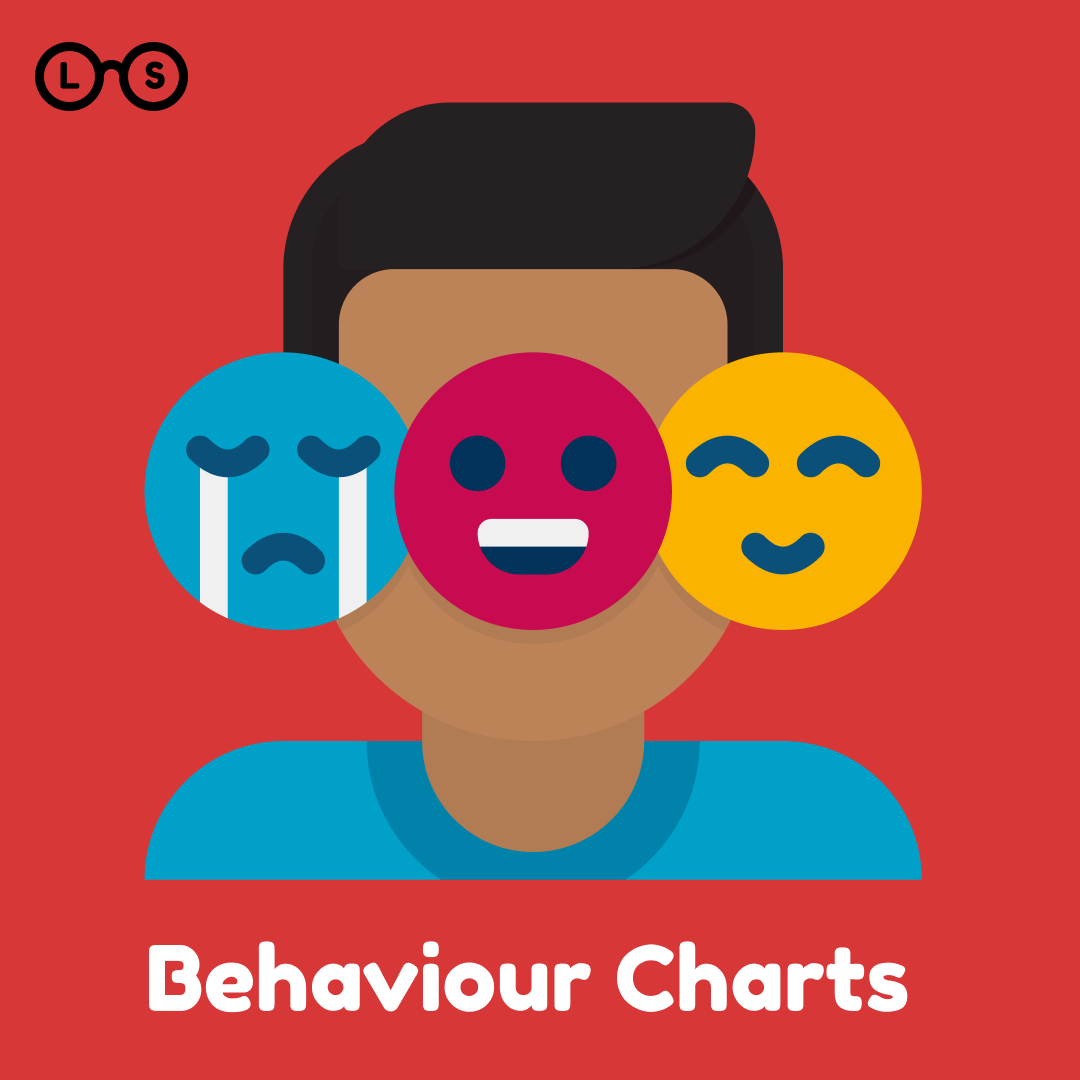What?
Behaviour charts are visual tools used to track and monitor student behaviour, typically using a system of rewards or consequences to encourage positive behaviour and discourage negative behaviour.
How?
Step 1. Establish clear expectations. Communicate to students the behaviour expectations that will be tracked. Discuss with them the specific behaviours that are desired and explain the rewards or consequences associated with each behaviour.
Step 2. Be consistent and fair. Consistently reinforce positive behaviours and apply consequences for negative behaviours. Ensure that the rewards or consequences are fair, consistent, and proportional to the behaviours being tracked.
Step 3. Monitor and provide feedback regularly. Provide regular feedback to students, acknowledging and reinforcing positive behaviours, and discussing and addressing negative behaviours with students in a constructive manner.
Why?
Benefits of behaviour charts:
provides clear expectations
creates positive reinforcement
incentivises positive attitudes and behaviours
generates accountability
supports classroom management
Theory Score:
Behaviourism ★★★★★
Cognitivism ★
Constructivism ★
Social-Constructivism ★
Connectivism ★

